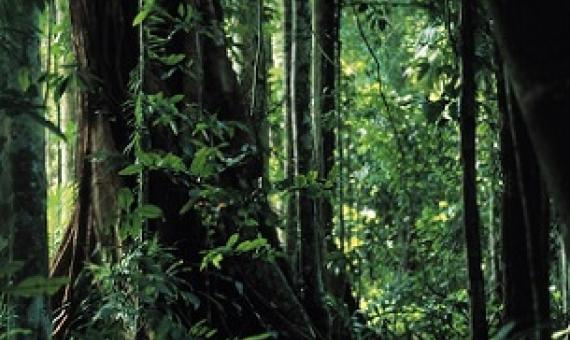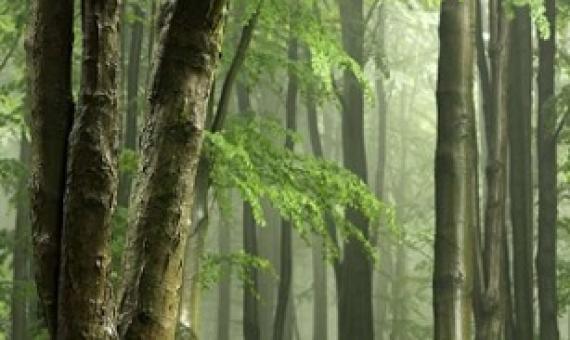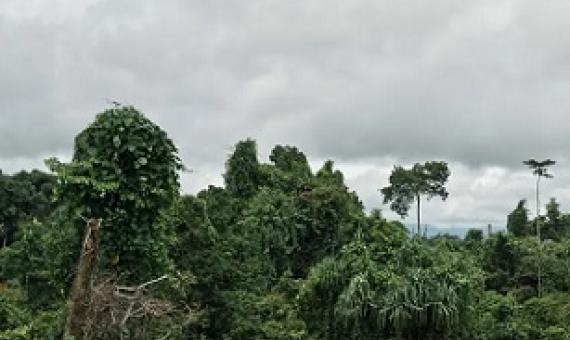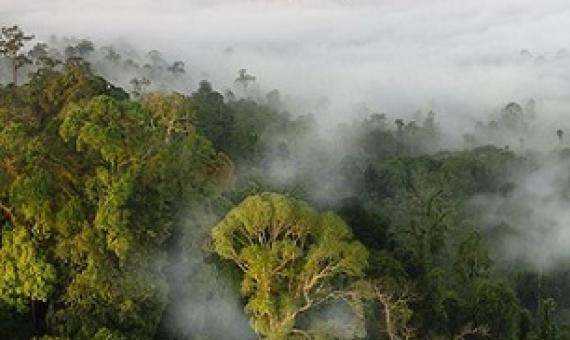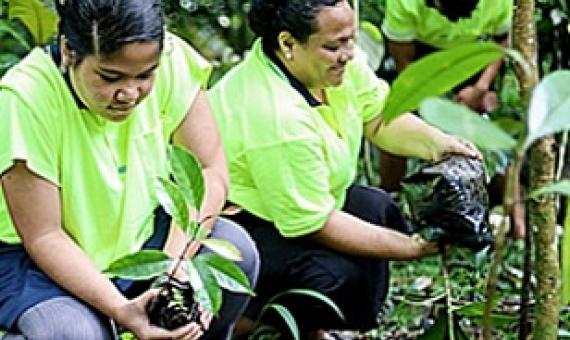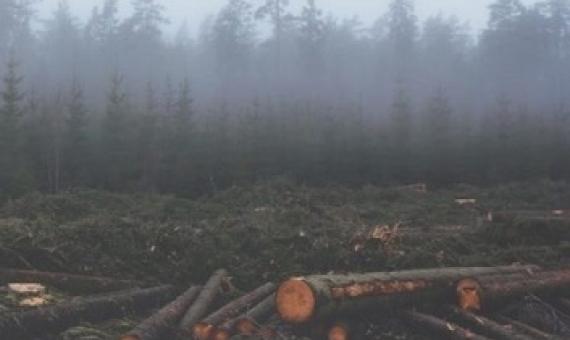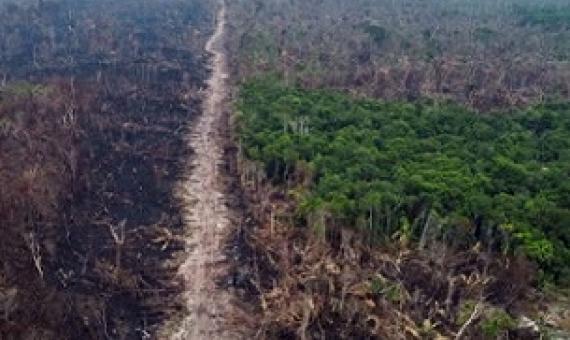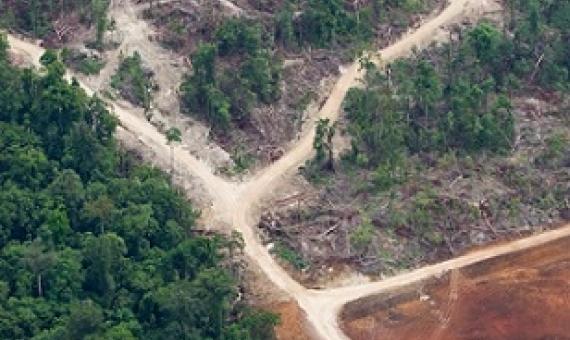Papua New Guinea Prime Minister James Marape has thanked the France government for giving over K400 million (US$1.5 million) for forest conservation in his country. “I want to appreciate France President HE I.
The majority of carbon offset schemes are significantly overestimating the levels of deforestation they are preventing, according to a study published in Science.
Today, in the Highlands of Papua New Guinea (PNG), Indigenous landowners of the Inaugl tribe have joined their neighbours in the Bismarck Forest Corridor to commit to legally protecting 12,241 hectares (46.3 square miles) of forest under a conservation deed.
Resolving land tenure security is essential to deliver forest restoration
Tropical countries are making ambitious commitments to Forest Landscape Restoration with the aim of locking up carbon, conserving biodiversity and benefiting local livelihoods. However, global and national analyses of restoration potential frequently ignore socio-legal complexities which impact both the effectiveness and equitability of restoration. We show that areas with the highest restoration potential are disproportionately found in countries with weak rule of law and frequently in those with substantial areas of unrecognised land tenure.
When the Global Environment Facility was launched in 1991 to address the world’s most urgent environmental crises, 2 percent of its grants were allocated to forest conservation.
The introduction of newly established National Forestry Monitoring System (NFSM) will help track and report changes in Samoa’s lush green tropical forests...The NFMS will enable Samoa to track and report changes in forest cover and forest carbon stocks, contributing to sustainable forest manageme
New research into the causes of the devastating global biodiversity crisis has found that the conversion of natural forests and grasslands to intensive agriculture and livestock is the biggest cause.
Countries are failing to meet international targets to stop global forest loss and degradation by 2030, according to a report.
Mainstreaming Biodiversity in Forestry
Forests are host to most of Earth’s terrestrial biodiversity. The conservation of the world’s biodiversity is thus utterly dependent on the way in which we interact with and use the world’s forests. The role of forests in maintaining biodiversity is also explicitly recognized by the United Nations Strategic Plan for Forests 2017– 2030 and in the ongoing discussions around the forthcoming post-2020 global biodiversity framework under the Convention on Biological Diversity (CBD).
Forests that are managed primarily for economic benefits are critical for biodiversity conservation, a United Nations report said. Mainstreaming biodiversity in such ‘production forests’ is paramount, said Mainstreaming biodiversity in forestry by the UN body Food and Agriculture Organiz
